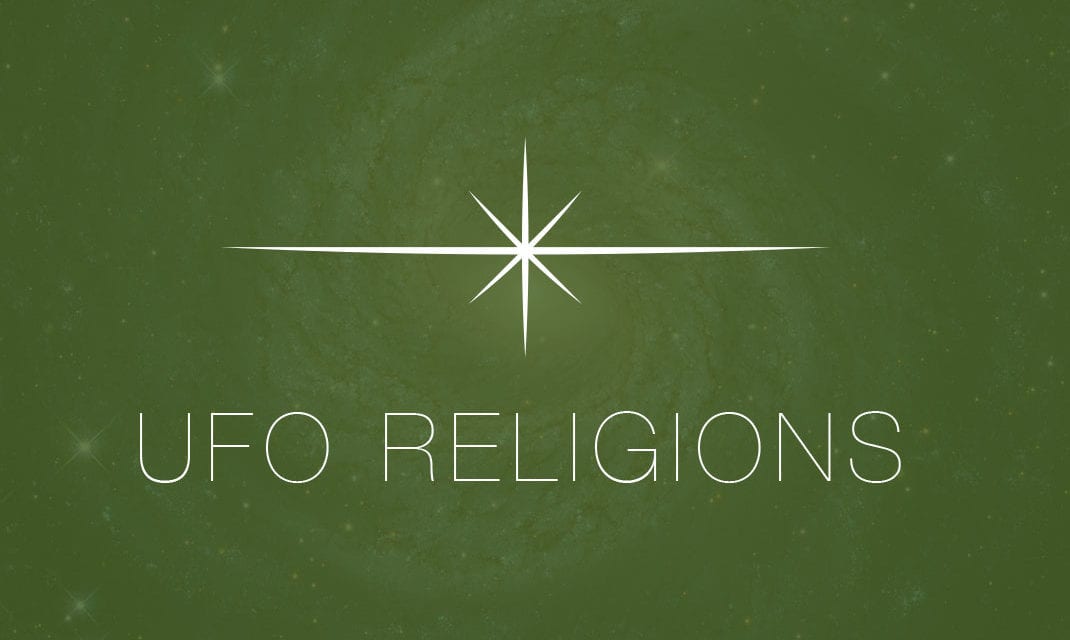I like to post on things like this every so often to remind readers that science can be marred by, and married to, hype. I was reading through some recent posts by mathematician Peter Woit on his Not Even Wrong blog this morning and came across several items worth offering my own readers here. After all, the multiverse and associated ideas are inextricably part of the ET life and deep space travel issues. I like Woit because he insists that mainstream ideas be probed for internal coherence and not simply embraced for their (pardon the pun) symmetry on the surface of things. Reminds me a lot of my dissertation work on the “obvious” evolution of Israelite monotheism. Anything but.
For those new to Woit, he is a mathematician at Columbia University whose PhD (Princeton) is in theoretical physics. He is most known for his book, Not Even Wrong: The Failure of String Theory and the Search for Unity in Physical Law.
The first of Woit’s posts that caught my attention was entitled, “The Ultimate Guide to the Multiverse.” Some excerpts:
Yet another cover story about the Multiverse can be found this week at New Scientist, which calls it The Ultimate Guide to the Multiverse. As just one more in a long line of such stories over the last decade, a trend that shows no signs of slowing down, one can be pretty sure that this is not the yet the ultimate one, nor even the penultimate one.
The content is the usual: absolutely zero skepticism about the idea, and lots of outrageous hype from the usual suspects (Bousso, Tegmark, Susskind, etc.) Were told that scientists are now performing tests of the idea, even at the LHC. The LHC test has been a great success: Laura Mersini-Houghton used the multiverse to predict that the LHC would not see supersymmetry, and that prediction has worked out very well so far.
This past week also saw the premiere of the Multiverse episode of Brian Greenes Fabric of the Cosmos series on PBS. Its more or less an hour-long infomercial for the Multiverse, with the argument against it pretty much restricted to some short grumpy comments by David Gross about how he didnt like it. Brians pro-multiverse argument was that many new advances in physics are all pointing to a multiverse, and he showed support for the idea as resting on a three-legged structure. One of the legs was string theory, and Ive described elsewhere recently how circular reasoning makes this one very shaky.
The multiverse propaganda machine has now been going full-blast for more than eight years, since at least 2003 or so, and Im beginning to wonder whats next?. Once your ideas about theoretical physics reach the point of having a theory that says nothing at all, theres no way to take this any farther. You can debate the measure problem endlessly in academic journals, but the cover stories about how you have revolutionized physics can only go on so long before they reach their natural end of shelf-life.
Another post of a couple days ago saw Woit defending himself against ad hominem attacks from mainstream string theorists: “String and M-Theory: Answering the Critics.” Again, some excerpts.
Mike Duff has a new preprint out, a contribution to the forthcoming Foundations of Physics special issue on Forty Years of String Theory entitled String and M-theory: answering the critics. Much of it is the usual case string theorists are trying to make these days, but it also includes vigorous ad hominem attacks on Lee Smolin and me (Im described as having an unerring gift for inaccuracy, and were compared to people who campaign against vaccination in the face of mainstream scientific opinion).
Duff explains that his motivation for answering the critics is that we have been successful on the public relations front, supposedly responsible for the British EPSRC office rejecting without peer review grant proposals on string theory. I know nothing of this, but I think its clear to everyone that the perception of string theory among physicists has changed, and not for the better, over the past decade. One dramatic way to see this is to notice that at this point, US physics departments have essentially stopped hiring string theorists for permanent appointments (i.e. at the tenure-track level).
Duffs article contains an appendix about this, in the form of a FAQ, where he explains that he approved the text of the press release headlined Researchers discover how to conduct first test of untestable string theory which is misleading hype by any standard. Initially someone who was successfully misled in the Imperial media team added the subtitle New study suggests researchers can now test the theory of everything, which was later removed. Duff claims that Shelly Glashow, Edward Witten and Jim Gates told journalists that they didnt agree with this because of the theory of everything subtitle, implying that otherwise they were fine with the first test of untestable string theory business (except for Gates noting that in any case this is just supergravity, not string theory). It would be interesting to hear from the three of them if theyre really on-board with this first test of untestable string theory.





I seriously have to wonder if the multi-verse hype is fueled by the need to escape the fine tuning argument for the existence of God. It’s where I first encountered it and it is still the stock comeback used by atheists in debates these days, “given an infinite number of universes, there would be one finely tuned as ours is for life to exist, we just happen to be in the right one… lucky us!”
Interesting read. However, that community is so incredibly arcane and exclusive that taking sides is risky business. Very few people have the expertise to have opinions on this debate.
This is a battle best left to physicists, but I suppose it’s fun to watch.
Another thought, but theoretical physics also predicted the once laughable black hole (which was later shown to exist). Perhaps the claim of the existence of a multiverse should be reworded to “theoretically predicted.”
Does one really need a multiverse to argue against fine tuning? Fine tuning rests on the assumption of a creator … back to square one. Why is it hard to conceive that we could have came into being by chance (which doesn’t preclude God)? The odds are irrelevant since we weren’t there to realize the chances of such an outcome to begin with. It’s like a lottery for existence. If you “lose”, you don’t exist. But should you “win”, you exist. No one ever perceives a loss, since they never existed to perceive it … only wins are perceived. So the odds don’t matter since you can only perceive a win anyway. In a way, you always win.
I’m sure there are several problems with my description. I still find it amusing!
although it isn’t hard to find instances where atheists became theists due to the fine-tuning argument, I don’t think it would be accurate to say that there are no atheists who accept the fine-tuning idea, preferring to call it something else, or arguing that the design is natural or “self caused.”